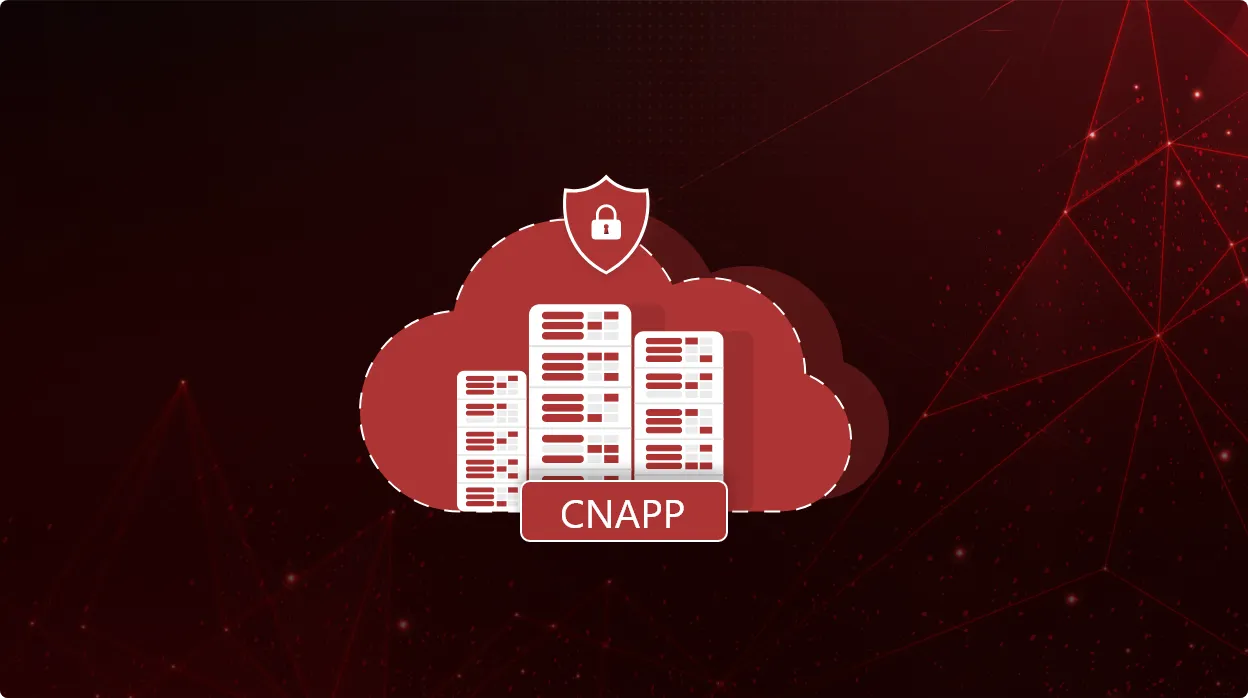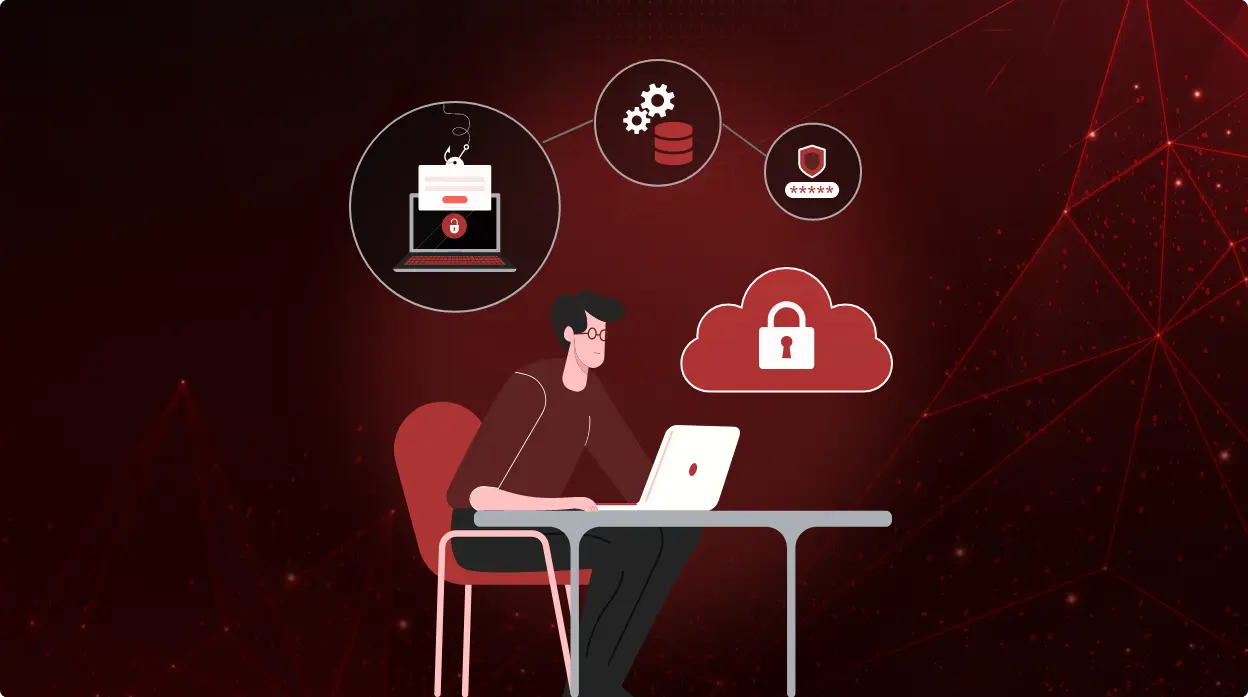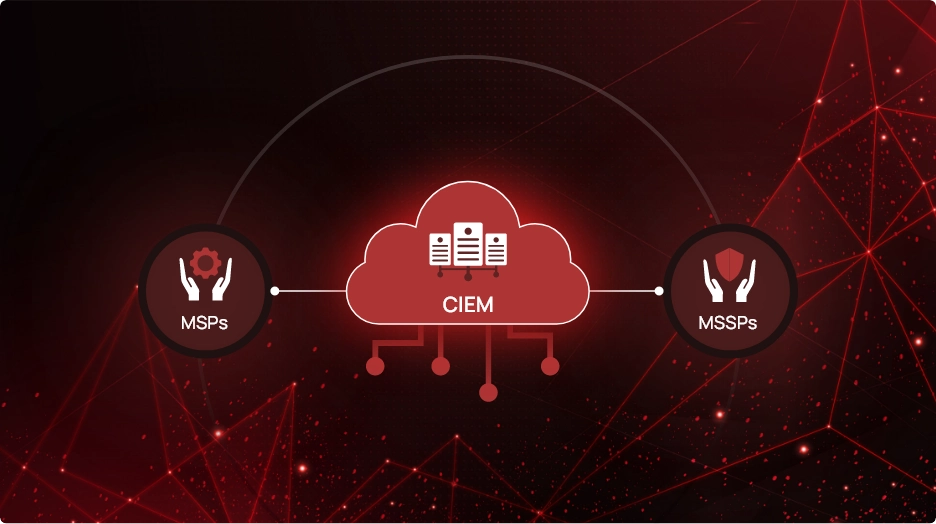Cybersecurity Awareness Month 2025: Is Your Business Ready for Evolving Threats?

Every October, Cybersecurity Awareness Month reminds us that vigilance isn’t just about protecting passwords or avoiding phishing links. Today’s attack surface is a constantly shifting ecosystem of SaaS tools, APIs, cloud platforms, and distributed identities. Threat actors are no longer relying on brute-force tactics alone. They exploit what’s already in plain sight: unmonitored access, misconfigured workloads, and forgotten DNS entries.
Security experts often underscore this reality, warning that many high-impact breaches still stem from preventable issues like weak access controls, unpatched systems, and poorly governed identities. Yet even as awareness grows, readiness often lags behind.
That’s why this Cybersecurity Awareness Month should be about evaluation and readiness, not just awareness. The following ten-point checklist helps you identify where your organization might be exposed, and how a unified security posture management platform can help close those gaps without adding complexity.
1. Do you have unified visibility across all SaaS applications?
SaaS is where modern work happens, and where misconfigurations multiply. Each application brings its own access rules, permission sets, and integrations. Without unified visibility, blind spots form quickly. A single misconfiguration or over-permissioned account in Microsoft 365, Salesforce, or Slack can expose sensitive data.
How CheckRed helps
SaaS Security Posture Management (SSPM) continuously monitors configurations, access levels, and policy drift across all connected apps—reducing risk from over-permissioned accounts and ensuring least-privilege enforcement.
2. Are your DNS settings continuously monitored for unauthorized changes?
DNS hijacks can redirect legitimate traffic to attacker-controlled destinations, enabling phishing or data theft. Since many enterprises use multiple DNS providers, unnoticed changes can persist for weeks or even longer.
How CheckRed helps
DNS Posture Management (DNSPM) unifies visibility across all DNS providers, detects unauthorized edits, and alerts you to suspicious activities before attackers exploit it.
3. Can you detect cloud misconfigurations before they become breaches?
Cloud platforms like AWS, Azure, and GCP are incredibly flexible. Teams use a vast amount of cloud resources, deploy containers, and integrate APIs; often without consistent governance. As a result, simple misconfigurations like public storage buckets or unsecured keys remain top causes of cloud breaches.
How CheckRed helps
Cloud Security Posture Management (CSPM) scans cloud environments for misconfigurations, excessive permissions, and compliance gaps, offering prioritized insights for remediation before they turn into incidents.
4. Do you manage entitlements for both human and non-human identities?
Machine identities like service accounts, bots, workloads now outnumber human identities. These identities often carry excessive privileges. Without proper governance, they create invisible attack paths and privilege escalation risks.
How CheckRed helps
Cloud Infrastructure Entitlement Management (CIEM) maps and analyzes entitlements across hybrid environments, helping teams enforce least-privilege access and identify risky or orphaned permissions.
5. Are your workloads and containers protected at runtime?
Even well-configured cloud environments can be compromised if workloads are not monitored during runtime. Attackers often exploit vulnerable libraries or inject malicious code into container images.
How CheckRed helps
Cloud Workload Protection Platform (CWPP) and Cloud-Native Application Protection Platform (CNAPP) provide runtime monitoring and threat detection across containers, workloads, and microservices, adding behavioral context to cloud defense.
6. Can you detect identity-based threats in real time?
Attackers increasingly use legitimate credentials to bypass traditional security tools. Privilege escalation, dormant account activation, and cross-app logins often go unnoticed without identity threat detection.
How CheckRed helps
With Identity Threat Detection & Response (ITDR), organizations can detect anomalies such as privilege misuse, credential reactivation, or abnormal login sequences. It ensures real-time defense, not retrospective analysis.
7. Is your Active Directory posture continuously assessed?
Active Directory remains a cornerstone of enterprise identity and also a frequent target for attackers. Misconfigured trusts, outdated group policies, and legacy access rules often serve as quiet entry points.
How CheckRed helps
The Active Directory Posture Management (ADPM) capability evaluates configuration drift, detects insecure trusts, and ensures baseline alignment, which is a key defense for hybrid environments that blend on-prem and cloud AD.
8. Are your Kubernetes clusters securely configured?
Kubernetes simplifies scaling but introduces complexity. Misconfigured namespaces, permissive roles, or open network policies can lead to container escapes or data leaks.
How CheckRed helps
Kubernetes Security Posture Management (KSPM) provides continuous visibility into cluster configurations, policies, and access bindings. This ensures your container orchestration layer doesn’t become a security blind spot.
9. Do you maintain continuous compliance with regulatory frameworks?
Frameworks like ISO 27001, SOC 2, PCI DSS, and NIST aren’t one-time checklists and require more than just annual audits. Continuous monitoring against these controls helps prove trustworthiness to customers and regulators alike.
How CheckRed helps
With continuous compliance, CheckRed maps posture data to compliance frameworks, generates audit-ready reports, and proves trust and transparency every day.
10. Are your alerts context-rich and integrated into workflows?
Security teams already face alert fatigue. Without prioritization or integration, important warnings can be missed amid noise.
How CheckRed helps
CheckRed delivers context-rich, prioritized alerts directly into your existing workflows. Seamless integrations with tools like Slack, Jira, and leading SIEM platforms ensure the right teams see the right information—instantly.
No more alert fatigue. Just faster, smarter action.
Building a Culture of Cyber Readiness
If you answered “no” or “not sure” to several questions, you’re not alone. Many organizations still treat cloud and SaaS security as a collection of point solutions rather than a unified posture.
The future of cyber defense lies in convergence: visibility across configurations, continuous identity control, workload awareness, and compliance alignment, all managed under a single view. That’s the philosophy driving CheckRed’s platform approach.
But readiness also depends on people and process. Technology may reveal risks, but teams must act on them consistently. So this October, go beyond awareness campaigns:
- Share this checklist in your next security standup.
- Review which questions your teams can confidently answer “yes” to.
- Prioritize those still marked “no.”
Cybersecurity Awareness Month is a reminder, but readiness is a practice. With CheckRed, that practice becomes measurable: built into your workflows, continuously monitored, and easier to sustain across every layer of your organization.
Turn awareness into action. Turn action into resilience.


